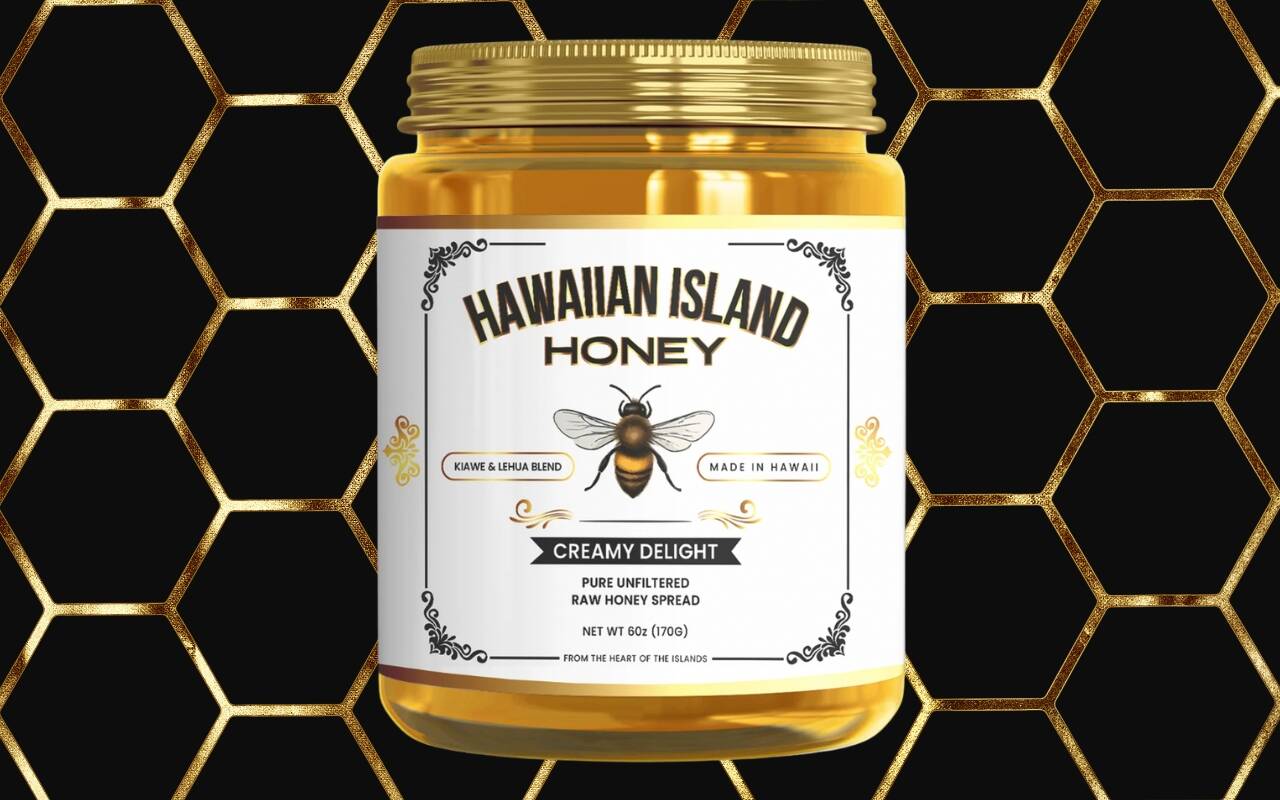In recent years, sustainable beekeeping in Hawaii has gained momentum as a crucial practice for maintaining biodiversity and ensuring the health of local ecosystems. With the increasing awareness of bee conservation's importance, Hawaii has become a significant player in promoting sustainable beekeeping practices. This article explores the significance of sustainable beekeeping, its impact on Hawaii's environment, and how individuals can support these efforts.
Understanding the Importance of Beekeeping in Hawaii
Hawaii’s unique geographical location and climate make it an ideal environment for honeybees. However, these same conditions make the local ecosystem delicate and susceptible to change. Bees are vital for the pollination of many crops and wild plants, contributing significantly to the island's agriculture and natural flora.
- Pollination Powerhouses: Bees play a critical role in the pollination of fruits, vegetables, and nuts, which are essential to Hawaii's economy.
- Biodiversity Boosters: By supporting a diverse range of plant species, bees help maintain the rich biodiversity that Hawaii is known for.
- Environmental Indicators: The health of bee populations is a strong indicator of the overall health of the ecosystem, highlighting the need for sustainable practices.
The Challenges Facing Beekeeping in Hawaii
Despite the benefits, beekeeping in Hawaii faces several challenges:
- Invasive Species: Non-native pests, such as the Varroa mite and small hive beetle, threaten local bee populations.
- Climate Change: Rising temperatures and changing rainfall patterns disrupt bee habitats and food sources.
- Pesticide Use: The use of harmful pesticides in agriculture can negatively impact bee health and survival.
Sustainable Beekeeping Practices for a Thriving Ecosystem
Sustainable beekeeping in Hawaii involves adopting practices that ensure the long-term health and survival of bee populations while minimizing environmental impact. Here are some key practices:
Integrated Pest Management (IPM)
By using IPM, beekeepers can control pest populations effectively without resorting to harmful chemicals. This approach includes:
- Regular Monitoring: Inspecting hives frequently to identify pest problems early.
- Biological Controls: Introducing natural predators or beneficial organisms to manage pest populations.
- Mechanical Controls: Using traps or barriers to prevent pest entry into hives.
Habitat Restoration
Restoring and preserving natural habitats is crucial for providing bees with sufficient forage and nesting sites. This can be achieved by:
- Planting Native Flora: Encouraging the growth of native plants that provide nectar and pollen for bees.
- Creating Bee-Friendly Environments: Establishing gardens and green spaces that are free from pesticides and provide diverse flora.
Education and Community Involvement
Raising awareness and involving the community are essential for the success of sustainable beekeeping efforts. This includes:
- Workshops and Training: Offering educational programs to teach beekeepers and the public about sustainable practices.
- Community Partnerships: Collaborating with local organizations and schools to promote bee conservation efforts.
How You Can Support Sustainable Beekeeping in Hawaii
Contributing to sustainable beekeeping is not limited to professional beekeepers; everyone can play a role. Here’s how you can help:
- Buy Local Honey: Support local beekeepers by purchasing honey and other hive products, which funds conservation efforts.
- Plant Bee-Friendly Gardens: Grow a variety of flowering plants that bloom throughout the year to provide bees with continuous food sources.
- Reduce Pesticide Use: Opt for natural pest control methods in your garden and encourage local farmers to do the same.
- Educate Others: Share information about the importance of bees and sustainable practices with friends and family.
The Future of Sustainable Beekeeping in Hawaii
The future of sustainable beekeeping in Hawaii looks promising, with increasing support from both the government and local communities. Research initiatives and technological advancements continue to improve the efficiency and impact of sustainable practices, ensuring the health of Hawaii's bee populations for generations to come.
Conclusion: Join the Movement for a Sustainable Future
Sustainable beekeeping in Hawaii is more than just an environmental initiative; it is a movement towards preserving the island’s natural beauty and biodiversity. By supporting sustainable practices, you contribute to a healthier planet and a more secure future for our pollinators. Join the movement today and make a positive impact on Hawaii's ecosystems and beyond!
For more information on how you can get involved, visit local beekeeping organizations or participate in community workshops. Together, we can ensure a thriving environment for bees and humans alike.
Call to Action: Share this article with your community and encourage others to take steps towards supporting sustainable beekeeping. Every effort counts in preserving our planet's pollinators!
